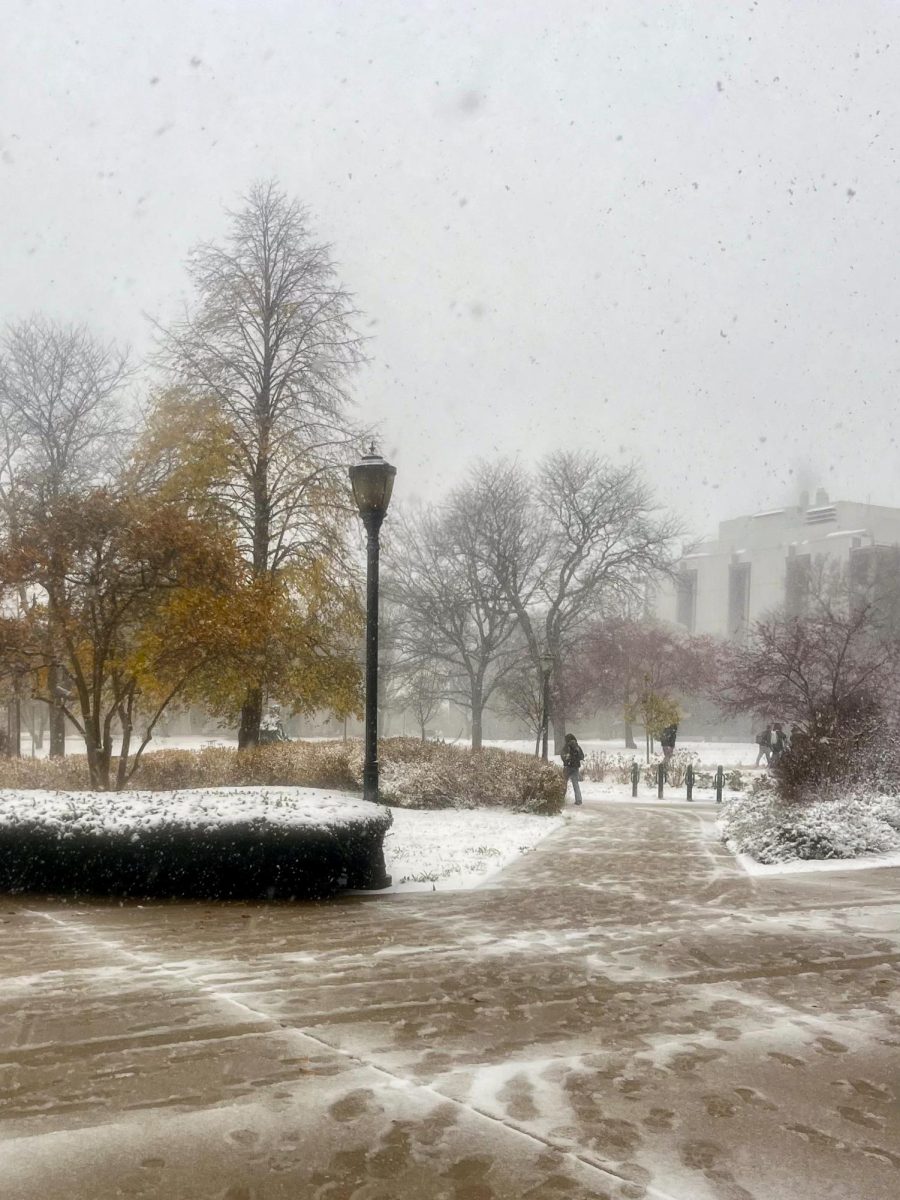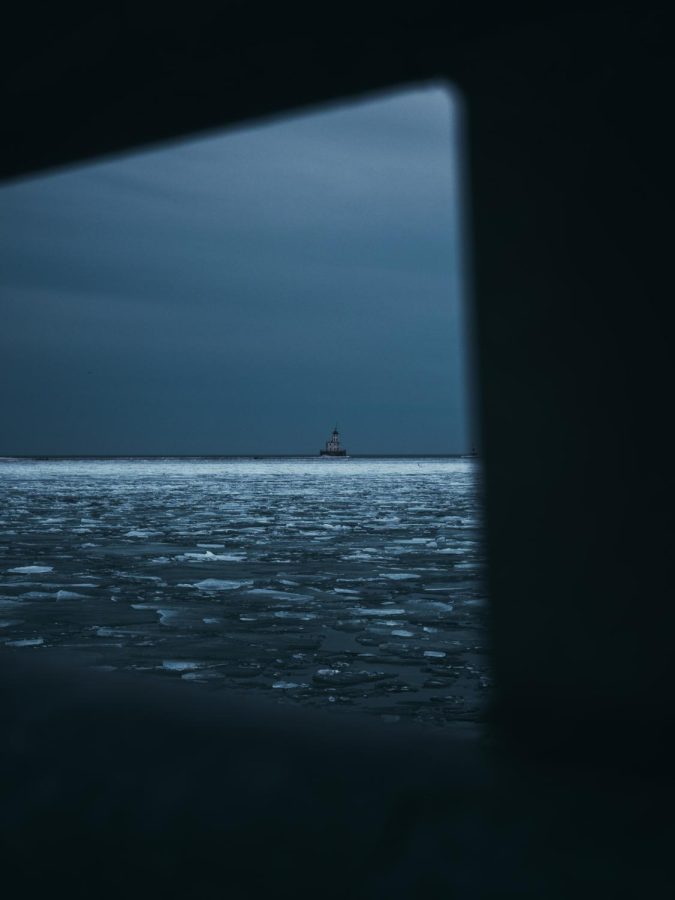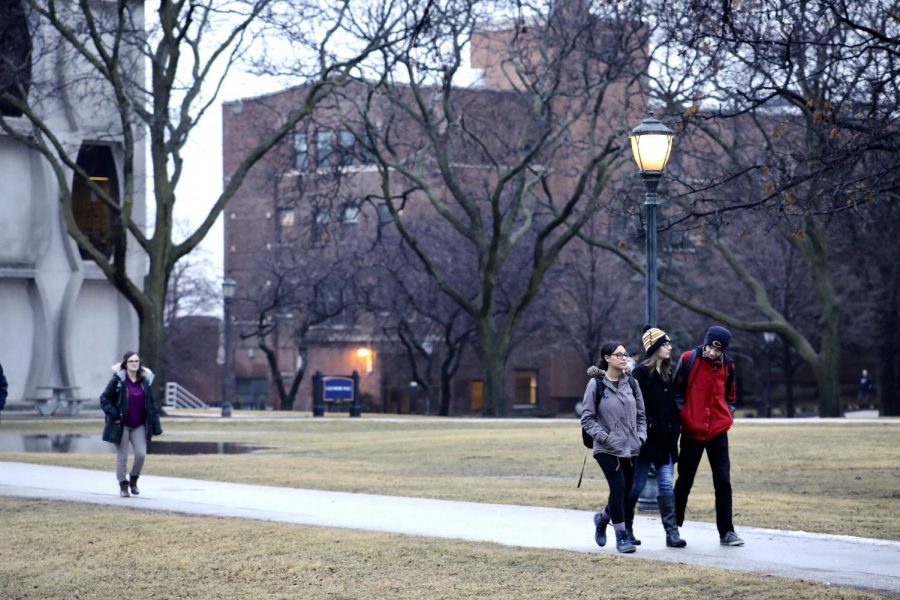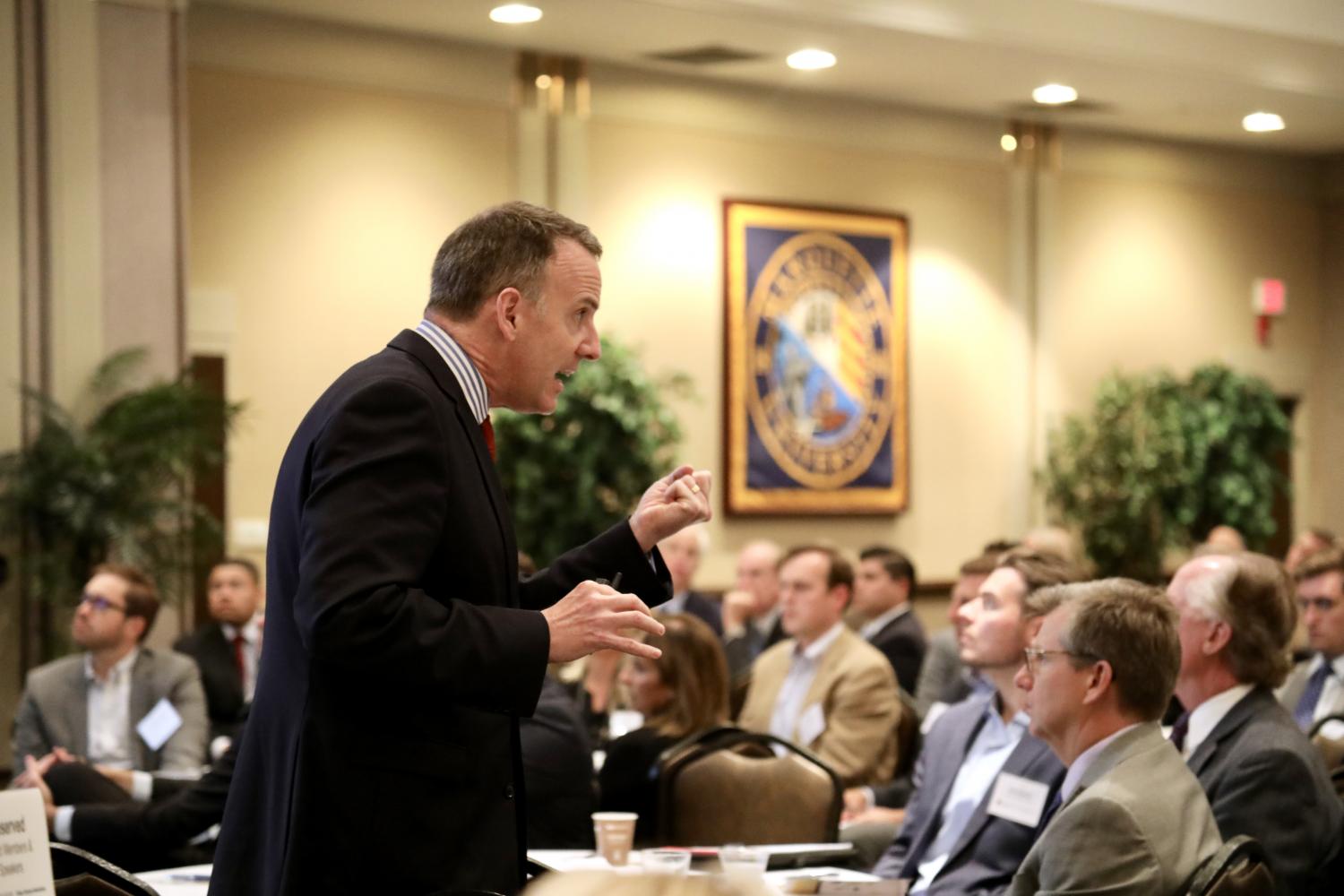As the calendar flips to its later months and the air grows colder, a staple of life in Wisconsin begins to emerge: winter. In a state known for its ice fishing, snowmobiling and football stadium nicknamed the “Frozen Tundra,” the stretch from late November to early March defines life in the Badger State.
Even though Marquette students got a teaser into the season with a blanket of snow this past Thursday, it’s only a glimpse into what winter can be like in the upper Midwest.
But how will the colder season look this year?
The winter spanning from 2024-25 is projected to bring an above average intensity to Wisconsin and the city of Milwaukee, as dictated by the fairly weak La Niña pattern that is expected to fall on North America.
La Niña refers to the cooling of ocean surface temperatures in the central and east-equatorial Pacific, which takes place every 3-5 years. The pattern typically causes colder weather with stormier conditions in the northern United States, whereas the South experiences a warmer and milder winter.
“If I were a betting man, I would think that we’ll still end up with an above average winter,” Mark Baden, chief meteorologist at WISN Channel 12, said. “I do think it’ll be harsher than the winter we just had. It’s hard to get something that was as mundane and wimpy as last winter.”
The previous winter abided by the opposite El Niño pattern, which warms the Pacific Ocean surface levels to above average temperatures, creating a warmer season in the northern United States.
While the 2023-24 winter season represented a weather pattern, it can also point to what winters could look like in the future with the impact of climate change.
“We know that this is happening,” Stefan Schnitzer, professor of biology, said. “At some point we’re going to hit this point where what could have been a snowy winter is actually a more rainy winter.”
Over the past 70 years in the Badger State, the average low winter temperature has risen somewhere from two to four degrees. Wisconsin is projected to be one of the states most impacted by warming patterns.
In 2024, however, the change in weather models is expected to make the mercury in Milwaukee thermometers dwell lower than it did during the most recent winter.
“I think it’ll be closer to a somewhat average temperature in terms of wintertime,” Baden said. “That means we’ll have a lot more highs in the 20s, and we’ll have some highs in the teens, and we’ll probably have some highs in the single digits. We’ll get below zero five to six times.”
However, winter weather is a two-sided story, and temperature is only half of determining what makes a winter season memorable.
“I do think we’ll end up with more snow than we did last winter,” Baden said. “I’d put us, if I had to guess, between the 30 to 40 inch category for the winter.”
According to the National Oceanic and Atmospheric Association’s annual winter outlook report, updated Oct. 17, Milwaukee County and nearly the entire state of Wisconsin falls within a bubble that projects above–average precipitation behind a 40%-50% probability.
With colder, darker and snowier days ahead, what should be the underlying message of the months to come?
“Buckle up,” Baden said. “I’d just try to embrace it. I know people that get really freaked out. It’s so cold, [but] you learn to adjust. Force yourself to be acclimated. Force yourself to get outside, wear a bunch of layers, but then all of a sudden, you get used to it.”
Making sure to wear warm clothing was a shared sentiment from Akyra Kay, a junior in the College of Business Administration. Coming from Arizona, Kay said that the winter season in Wisconsin is a day and night contrast from the conditions back home.
“The first few weeks back from winter break [were] everything I expected of a Wisconsin winter and more,” Kay said in an email.
Kay also shared the difficulties of navigating the outdoors after the temperature drops, citing the walks through slush and snow as the worst part of winter while reminding others to watch for ice once the walkways begin to freeze over.
“You just have to dress appropriately. It does take some getting used to, but it doesn’t take that long,” Schnitzer said. “The positive thing is in about a month, we’ll have the shortest day of the year and everything will get better. From Dec. 21, everything starts looking up.”
Beyond showing a change in the calendar, the slow emergence of layered outerwear, clouds of breath frozen in time and the occasional snowball throw will all point to a season that defines Milwaukee.
“People in the northern states love winter,” Schnitzer said. “It’s just part of the experience of living up here.”
For information about potential weather-induced disruptions and cancellations, Marquette students, faculty and staff are encouraged to enroll in the safety alert text message system.
This story was written by Lance Schulteis. He can be reached at lance.schulteis@marquette.edu.













